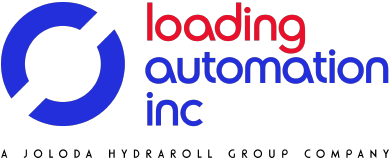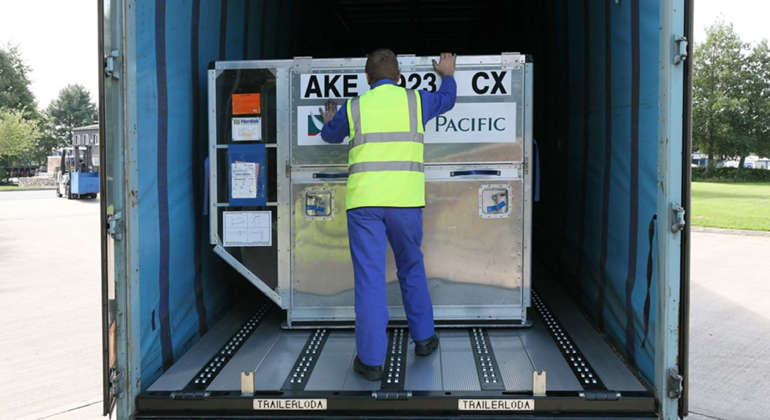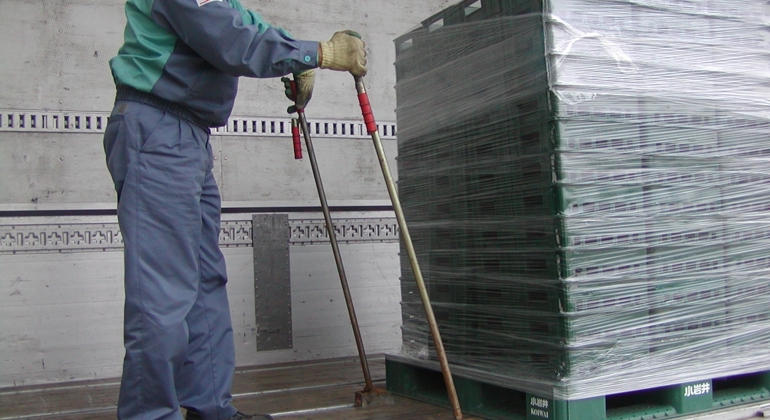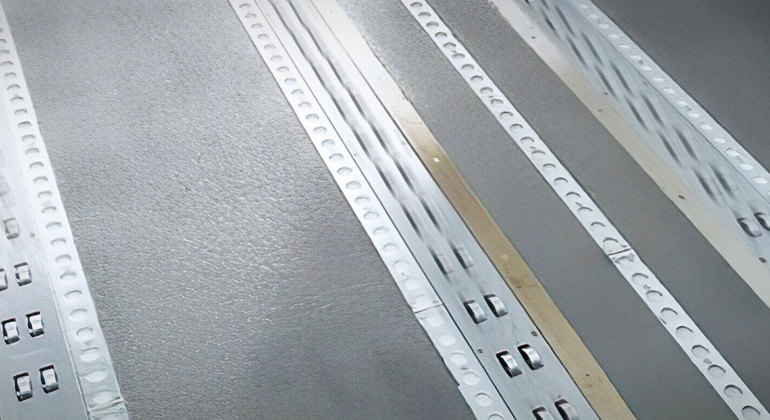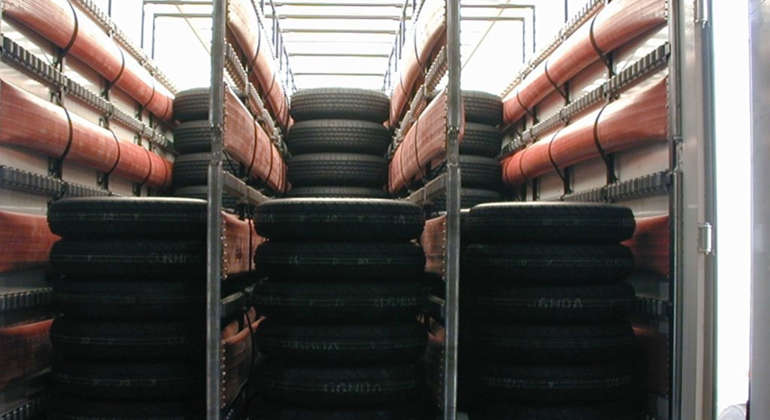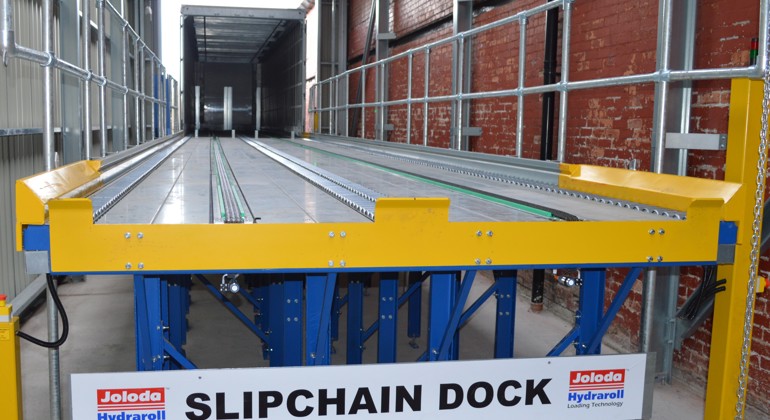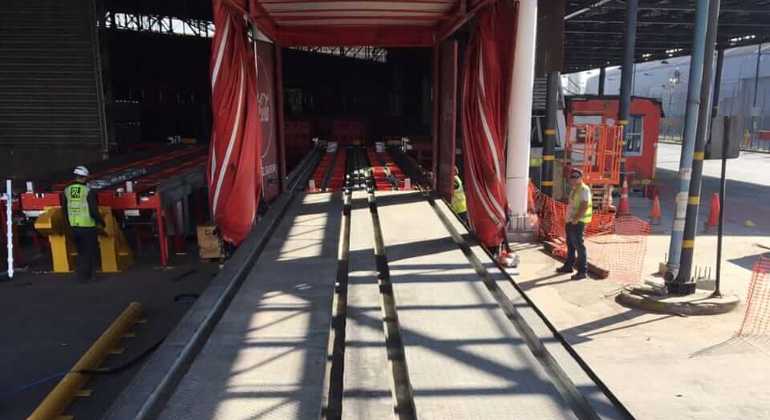When distinguishing between logistics types, it’s necessary to make an initial separation between internal logistics, such as procurement and storage, which is known as ‘intralogistics’, and external logistics, which involves transportation and order delivery, etc. From there, it’s then necessary to recognise that there are several basic types of logistics in the supply chain: procurement, manufacturing, distribution, and everything that relates to the after-sale. Below is a quick look at them:
Procurement logistics
Procurement logistics is all about managing the supply necessary for manufacturing and selling finishing products, semi-finished products, and raw materials. Companies have three main ways of managing their procurement logistics:
- Just in time: the business receives the materials when they’re necessary to complete production and not before, which removes the need to store them.
- Synced with production: Supply planning is performed with a view to anticipating manufacturing needs. You know in advance how much merchandise you’ll receive and whether you’ll be storing it temporarily.
- Safety stock: This approach consists of storing more than you need in case of any unforeseen circumstances, such as a change in demand or a supplier delay.
Ensuring efficient procurement logistics requires you to consider several different variables. These are namely:
- the selection of suppliers;
- the exact amount of stock you order;
- frequency of procurement;
- your inventory management model;
- and the load unit(s) you use to store, handle and transport the products.
Manufacturing logistics
Manufacturing logistics optimise the processes that take place from the purchase of the raw materials through to the creation of the final product. The main goal of this type of logistics is to reduce manufacturing lead times, the time from when an order for production is generated through to the completion of production of the order.
The two most common strategies are:
- Make to stock: The manufacturer produces the goods ahead of time and they’re then stored in the warehouse. The sales department only sells the goods available.
- Make to order: the manufacturer produces the order when they receive it from the customer.
Distribution logistics
Distribution logistics, also known as transport logistics, is all about ensuring goods reach the customer quickly and efficiently. A product can be attractive, functional, and affordable, but the customer must be able to receive it on time, in the right quantity, and in good condition. Otherwise, there’s little point in the product.
Distribution logistics comes into the picture after the manufacture of the product and covers transportation, storage of the product, order preparation, and delivery to the customer.
There are two main approaches to distribution logistics:
- Direct: the manufacturer is responsible for distributing the product to the final consumer.
- Indirect: instead of to end customers, the manufacturer sends the goods to wholesalers or retailers, who then sell them to consumers.
Reverse logistics
Reverse logistics covers the set of practices connected with managing product returns and refunds. You can classify reverse logistics into:
- Returns logistics: This type of logistics deals with items that are sent back to distribution centres. It’s the most common type of reverse logistics and has grown because of e-commerce.
- Waste logistics: This type of logistics addresses the recycling, treatment, and recovery of waste to take advantage of it or eliminate it to stop any damage to the environment.
The activities involved in reverse logistics are, in essence, the same as in other logistics operations; however, the operator must plan them properly so they don’t interfere with other warehouse operations.
